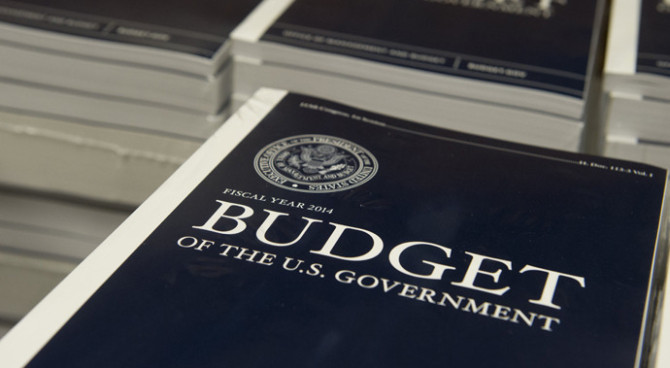By paying banks not to lend, the central bank diminished its ability to control interest rates.
As the Trump economic revival doubled economic-growth rates over the last two years, interest rates, which had fallen in the final two years of the Obama era, have risen by more than 40%. Today no news cycle is complete without speculation about how much the Federal Reserve will raise interest rates or how the president has blasted the Fed for setting rates too high. The latest saga played out last month, with the Fed raising rates for the fourth time in 2018 even though market rates were down slightly since the last Fed hike, in September. Extraordinarily, this debate is occurring at the very moment the Fed—shackled by its bloated asset holdings and the resulting excess reserves of the banking system—has less ability to control interest rates than it has had in its entire 105-year history.
When the subprime crisis caused financial markets to freeze up in 2008, the Fed responded by pumping liquidity into the banking system. It also did something that was not widely discussed at the time and even a decade later is almost never taken into account: It started to pay interest on reserves, in essence paying banks not to lend. This effectively converted the reserves of the banking system into interest-bearing securities.
In August 2008, banks held a total of 14 cents of reserves for every dollar of demand deposits outstanding, reflecting a normal reserve ratio in a fractional-reserve banking system. Today, U.S. banks hold $1.31 of reserves for every dollar of demand deposits outstanding.
From 2009-16, private loan demand was weak in an economy kept in a stupor by high taxes and an avalanche of regulations. In that stagnant environment, the Fed was able to manage its massive balance sheet and inflated bank reserves without either igniting inflation or causing interest rates to rise. But the strong growth of the past 18 months is now driving up the demand for bank loans, increasing interest rates, and in the process incentivizing banks to lend.
With banks now holding more than $9 of reserves for every dollar they are required to hold, return on bank lending relative to the return the Fed pays on reserves determines the volume of bank loans and the money supply. If the Fed sets interest rates on reserves above the market alternative, banks will expand their holdings of excess reserves, and the money supply will fall. If the interest rate on reserves is set at the market rate, other things being the same, the money supply will stay the same. If market interest rates rise and the rate paid by the Fed stays the same or rises by less, banks will expand loans and the money supply will increase.
Historically, banks held few excess reserves as the Fed did not pay interest on them. The money supply changed when the Fed altered bank reserves through lending or buying and selling securities. Now if market interest rates rise and the Fed does not act by raising the rate it pays on reserves, the money supply increases as banks increase lending. As a result, to maintain any given money supply, the Fed must respond to changes in market interest rates. In doing so the Fed becomes an interest-rate follower, not a leader.
If the Fed could find just the right mix of selling assets and lowering the rate it pays on excess reserves, it could theoretically succeed in reducing the assets it holds and reducing bank reserves without either spiking interest rates and choking off the recovery or igniting inflation. But the danger posed by the Fed’s bloated asset holdings and the resulting massive level of excess bank reserves is that with a full blown recovery now under way, the demand for credit will accelerate and force the Fed to move quickly to raise interest rates on reserves or sell securities to sop up excess reserves. A small error by the Fed in following market interest rates could cause a large change in the money supply.
If the Fed tried to keep interest rates low as credit demand rises amid the current recovery, the money supply and inflation would explode. While the Fed is not forever shackled by the monetary excesses of the Obama era, the sheer size of its asset holdings virtually guarantees that the Fed will feel the yoke of the massive excess reserves in the banking system for the remainder of this recovery.
If the Fed can follow market interest rates and prudently sell down the assets on its balance sheet without causing interest rates to spike or inflation to spin out of control, it will have overcome the monetary excesses of the Obama era and made a major contribution to sustaining the recovery.
Mr. Gramm is a former chairman of the Senate Banking Committee. Mr. Saving is a former director of the Private Enterprise Research Center at Texas A&M University. This article is adapted from a forthcoming Cato Institute paper with Michael Solon.



